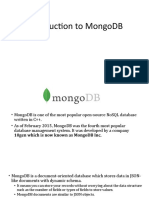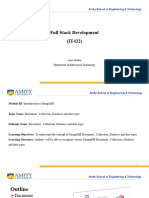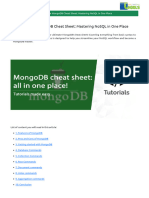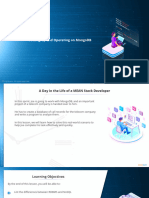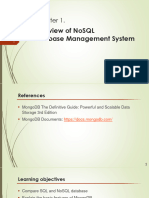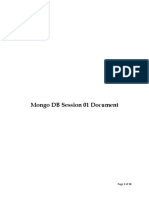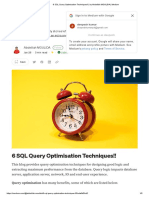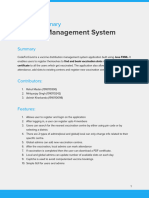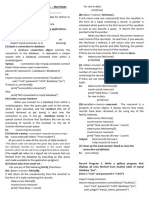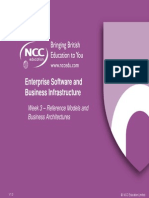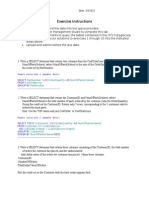0% found this document useful (0 votes)
31 views51 pagesDbms - MongoDB Collection
The document provides an overview of non-relational databases, specifically focusing on MongoDB, including its features, advantages, and basic concepts such as documents and collections. It highlights the limitations of traditional RDBMS and explains the benefits of NoSQL databases, particularly MongoDB's flexibility and scalability. Additionally, it outlines the installation steps and the structure of data within MongoDB, emphasizing its dynamic schema and ease of use.
Uploaded by
V. Ganesh KarthikeyanCopyright
© © All Rights Reserved
We take content rights seriously. If you suspect this is your content, claim it here.
Available Formats
Download as PPT, PDF, TXT or read online on Scribd
0% found this document useful (0 votes)
31 views51 pagesDbms - MongoDB Collection
The document provides an overview of non-relational databases, specifically focusing on MongoDB, including its features, advantages, and basic concepts such as documents and collections. It highlights the limitations of traditional RDBMS and explains the benefits of NoSQL databases, particularly MongoDB's flexibility and scalability. Additionally, it outlines the installation steps and the structure of data within MongoDB, emphasizing its dynamic schema and ease of use.
Uploaded by
V. Ganesh KarthikeyanCopyright
© © All Rights Reserved
We take content rights seriously. If you suspect this is your content, claim it here.
Available Formats
Download as PPT, PDF, TXT or read online on Scribd
/ 51



